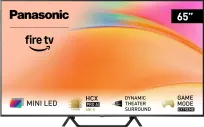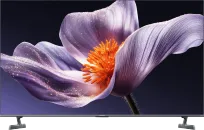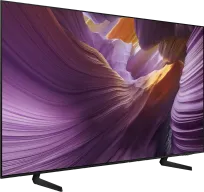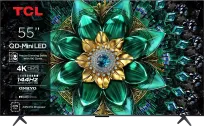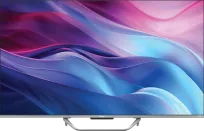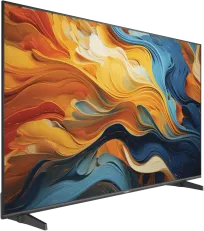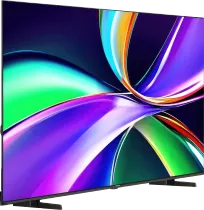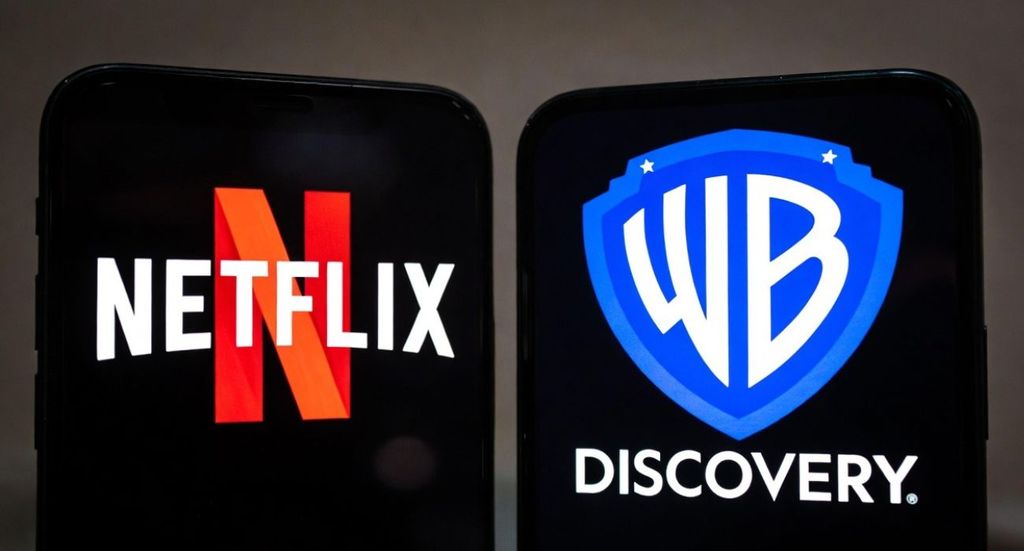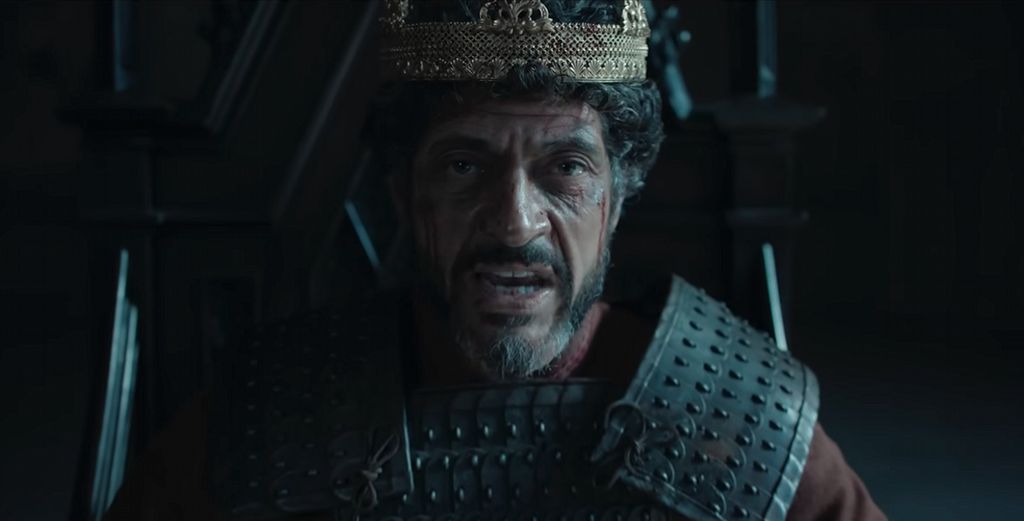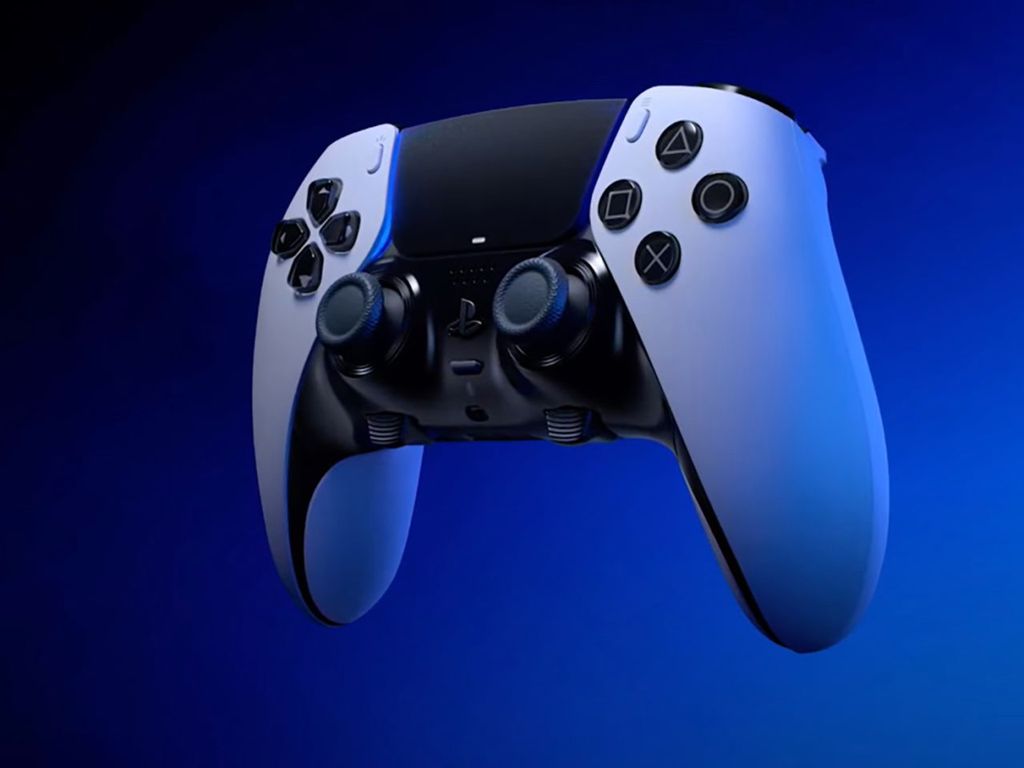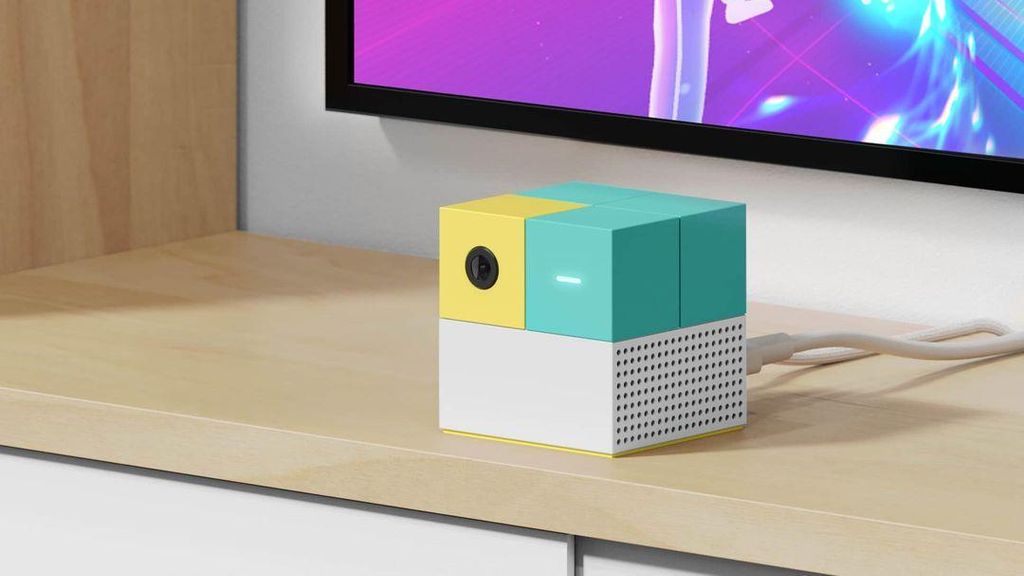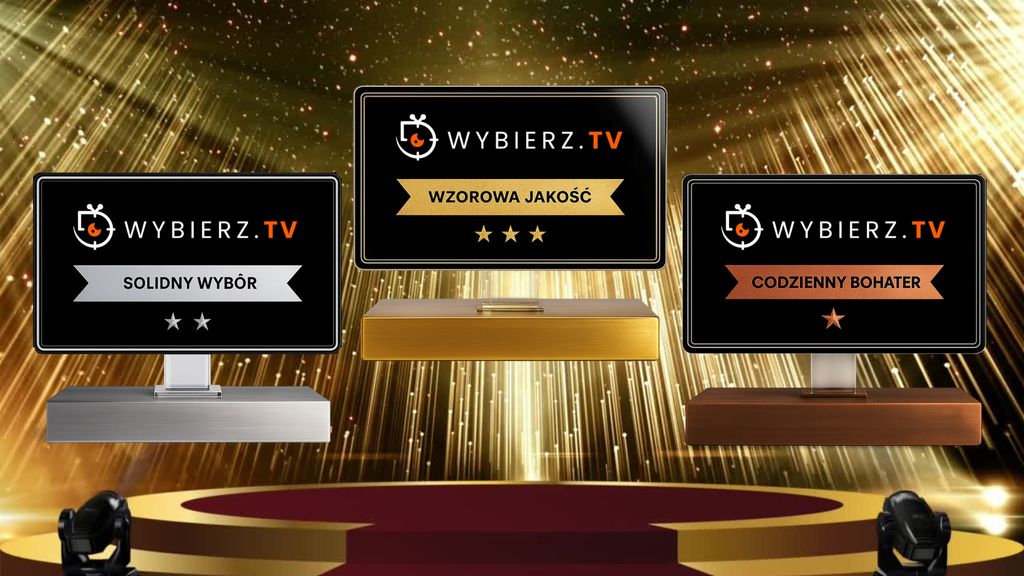
We have introduced our rewards system and nominated this year's televisions for it. If you pay attention to awards when shopping, you're in the right place. And if you disdain any accolades given by editorial teams, then... welcome to the club. In that case, you should read to the end even more. In this article, we will explain what our new badges mean: bronze Everyday Hero, silver Solid Choice, and gold Exemplary Quality. We will also present the awarded televisions and immediately answer the key question:
How much did the producers pay for our prizes?
The answer is: 0 zlotys.
Our awards are not for sale. As you will soon see, no specific manufacturer has received them, only those models whose screens really rank high. Because that's how it looks: one company can have both brilliant TVs and total rubbish. We are not afraid to praise one and criticize the other. But the most interesting is yet to come. We will show how some reviews test TVs and why – in our opinion – such methods are not optimal. You often ask how it's possible that a certain screen received an average rating from us, while others praise it to the heavens. We will uncover some uncomfortable truths. We will not force you to believe anything — you will simply see the facts and draw your own conclusions.
Test board vs. real film. Why do "standard" tests mislead?
At ChooseTV, we had a clear vision from the start: our site is meant to be a benchmark. If someone wants to find out how a particular model really performs, they will find a reliable answer here. That’s why our tests reflect real-world usage. Not laboratory tricks, but what you will actually see when you start a movie or a game. We know it sounds like a cliché that anyone can say. The thing is... we will soon show that many reviews focus on something completely different.
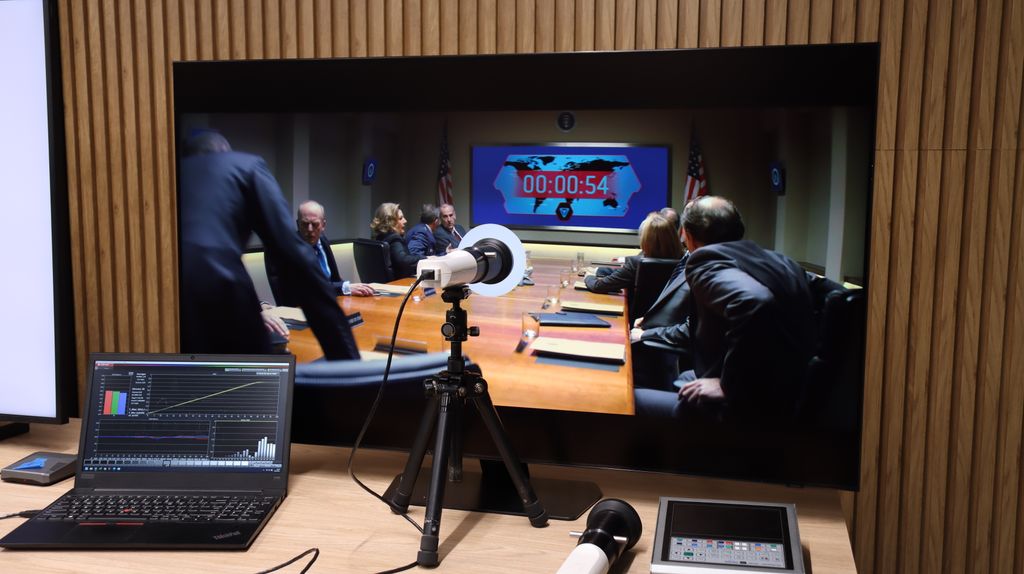
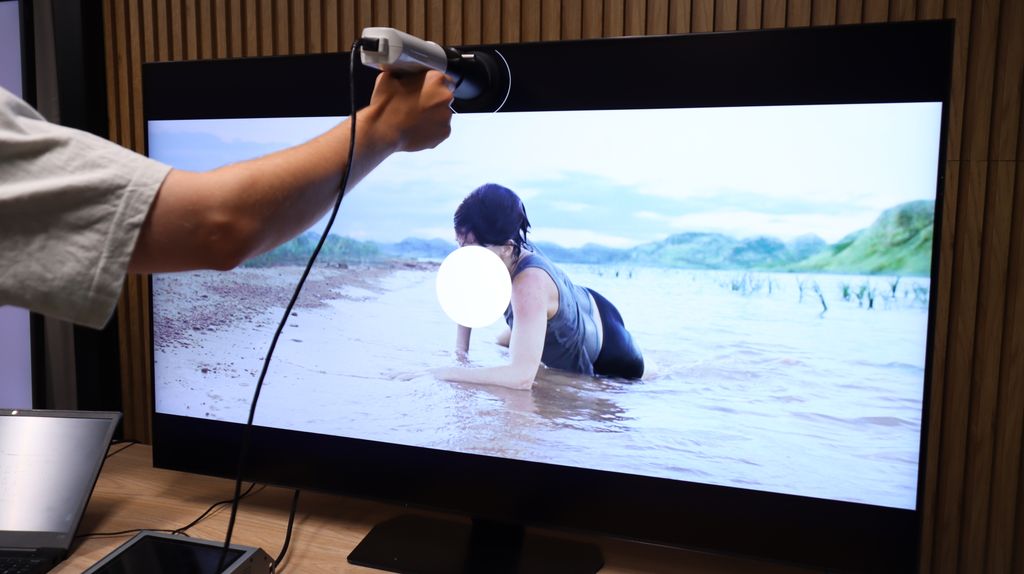
Let's take HDR measurements, for example. The standard procedure involves displaying a test pattern, e.g. 10% of the screen area, and measuring how many nits of brightness the TV will generate. What’s the problem with that? Well, let's think... Have you ever watched test patterns for fun? Of course not. We watch movies, series, and play on consoles. And only then does it become clear how much the numbers from the patterns can diverge from reality.
An example? Hisense U8Q will pull almost 4000 nits on a small pattern. Impressive, right? But in real film scenes, that brightness drops to a range of 400 - 2200 nits. Comparing patterns has very little correlation to reality. MiniLEDs diverge significantly, while cheaper QLEDs or OLEDs hardly at all. The value from the pattern says nothing.
Another example is the naturalness of the image. Classic measurements show that the TV performs excellently. Such results were achieved, for instance, by TCL C8K on two platforms with huge reach. However, when we compared the same film scenes with a director's monitor, it turned out that the image on the TV is clearly boosted. This isn’t visible on the patterns because the TV knows it's being tested and simply enchants reality.
This is where our methodology comes in: we use our own patterns hidden in film scenes. The TV treats the signal like a regular movie and shows its true behavior.
How TVs "cheat" in tests and why our motion test makes sense
It's the same with motion. Many tests are based on "motion resolution" from a test pattern – a method from several decades ago that means absolutely nothing today. We use the UFO test at various resolutions. You can immediately see how the object trails and whether the screen truly provides an advantage in games. Because what good is 144 Hz if there's a trail left behind the objects?
Finally, digital processing. Others focus on the perfect 4K Blu-ray signal. We check that too, but additionally we fire up YouTube, a poor DVD, or terrestrial television. After all, you don't buy a TV just for perfect movies. And here there is often a huge discrepancy between the ads about "amazing AI features" and what you actually see on the screen.
Our philosophy: 50+ tested models in a year is the minimum
Pay attention to one more thing: how many screens the portal, whose award you see on the product, actually tested. The vast majority of creators have a few, maybe a dozen models a year. And that’s usually from companies that had a budget for marketing! You cannot draw reliable conclusions from that. This article is only created after more than 120 screens from the 2025 and 2024 model years have gone through our laboratory. Only then can we actually determine which TV stands out in the market. Since our ranking clearly shows how the models perform, we decided to take a step further and highlight those that are exceptionally versatile and that we ourselves would consider buying.
What Our Awards Mean and Why Some Did Not Receive Them
Basis: We award prizes within the scope of technology and price range (we evaluate OLEDs differently than MiniLEDs). Secondly: versatility matters versatility. It’s not enough for the TV to excel in one category. It must work as a whole. The only thing we can overlook is the sound – anyone who wants quality will buy external speakers or a soundbar anyway. But the operating system and smart features are crucial.
That's why, for example, the award did not go to Panasonic Z95B. The picture has brilliant moments, but the operating system is so poorly developed that it is hard to consider it a complete product. Similarly, Philips OLED910 – here the system is fine, but the picture in lower quality showed posterization, and the infrared remote control and only 2 HDMI 2.1 inputs ruin the experience. Both are also absurdly expensive. This distinction is my answer to the question: "what would I buy for myself?". And I am not orthodox. If there is an option to sacrifice 5% quality, saving 40% of the price and getting a more convenient system – it’s definitely worth it. Technology changes too quickly.
Daily Hero (Bronze)
Model | Technology | Key Features |
OLED | The best among the cheapest OLEDs on the market. | |
MiniLED | Powerful miniLED with great digital processing (Pentonic 800 processor). | |
MiniLED | Versatile miniLED with strong specifications. |
Solid Choice (Silver)
Model | Technology | Key Features |
OLED (WRGB) | Classic, stable brightness over 1000 nits in HDR, very good in SDR. | |
OLED (WRGB / QD-OLED) | Direct competitor to C5, both versions of the panel deserve a high rating. | |
MiniLED | Very strong specifications, great design, innovative features like USB-C in the TV. | |
MiniLED | Still a very strong TV, debuted at a favorable price. | |
MiniLED | More natural image than competing MiniLEDs, nice feature for gamers. | |
MiniLED | Very clear image in motion, currently at a very attractive price. |
Exemplary Quality (Gold)
Model | Technology | Key Features |
MiniLED | Absolutely the best miniLED on the market. Reference quality in this technology. | |
OLED (Tandem) | Absolutely outstanding OLED screen, reference quality. | |
OLED (QD-OLED / Tandem) | Absolutely outstanding screen, both in QD-OLED and Tandem versions (83"). |
The list of winners is not final because we haven't finished all the tests for this year. I'll wait until the transfers from producers come in… 😉Okay, that's not even funny, so let's not go for such jokes.
We'll wait until we finish publishing all the tests and will release the final verdicts before the end of October.
 Maciej Koper
Maciej Koper
